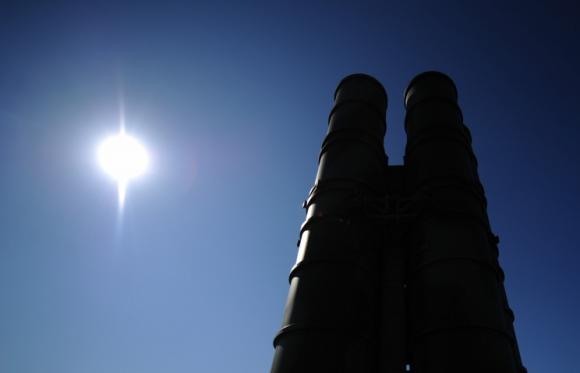If a crisis erupts between Europe and Russia, Moscow could establish one no-fly zone which would extend from Kaliningrad to cover a third of Polish airspace. The defense system that the Russians have set up in Kaliningrad is designed in response to NATO expansion and the imminent entry into service of the US missile defense shield in Europe. The Air Force fears the integrated air defenses that Moscow has deployed in Kaliningrad, a Russian enclave between Poland and Lithuania, with direct access to the Baltic Sea.
The deployment began in 2012, but only in recent weeks has the US military realized the true extent of the deployment taking place in Kaliningrad, so much so that the commander of the United States Air Forces in Europe, General Frank Gorenc, spoke about an "extremely serious situation". The Russians have deployed probably the best of their current military technology in Kaliningrad - from the S-400s Triumph to ballistic missiles Iskander-M. Integrated systems therefore, for an A2 / AD asset (anti-access / denial area).
They have every right to deploy any system on their territory - Gorenc added to the Times - but all those platforms are designed to make an environment inaccessible in a context that we have begun to seriously consider.
For the Pentagon, the Russians have implemented a stratified and integrated system of air and missile defense in Kaliningrad. According to Pentagon estimates, the Russians have deployed early warning radars and battalions armed with S-300 / S400 systems. The latter, if he entered active duty, could impose a no-fly zone such as to cover one third of the Polish airspace.
The Kremlin has deployed three fully equipped elite brigades in Kaliningrad. Mechanized forces supported by an artillery brigade, based as the primary power on 54 large-caliber systems. 7054 Air Base hosts nearly fifty aircraft including heavy helicopters and fighters. In Kaliningrad, Moscow also deployed the 152nd Western District Missile Brigade equipped with ballistic missiles Iskander-M.

The missile system Iskander – M, produced by Kolomna KBM, was officially adopted by the Russian army in 2006. The internal version or 'M' has a declared maximum range of 480 km (in the test phase the possibility of extending the range well beyond 500 km) with a CEP or circular error probability of 10 meters.
L'Iskander it was designed to evade the most advanced air defense systems, including the American space shield. Capable of a maximum speed of 7mila km / h, theIskander in the terminal phase of the flight he relies on an optoelectronic guide, making abrupt maneuvers to evade the air defenses and releasing baits to deceive enemy radars. It is correct to define the Iskander missile system as one of the deadliest weapons in the Russian arsenal: designed as a high-precision ballistic system, but optimized for use at close range, under 500 miles. The missiles can be launched in 16 minutes and in four minutes in case of operational readiness. The second missile (internal version only) can be launched in less than 50 seconds.
If war broke out, Kaliningrad would be extremely vulnerable to attack. Isolated from Russia if not by sea (rail links would be unreliable in the event of a conflict), it is considered expendable in the new Russian strategy, but has been fortified to cause maximum casualties to a NATO attack. The "new" Kaliningrad was not designed to withstand a hypothetical invasion (Russian reinforcements would have to cross Belarus and Lithuania), but to protect the launch of nuclear missiles against command structures in Europe.
The Air Force response in dealing with such threats in a very short time exists: nuclear warheads with scalar power carried by F-35s.
(photo: TASS)












